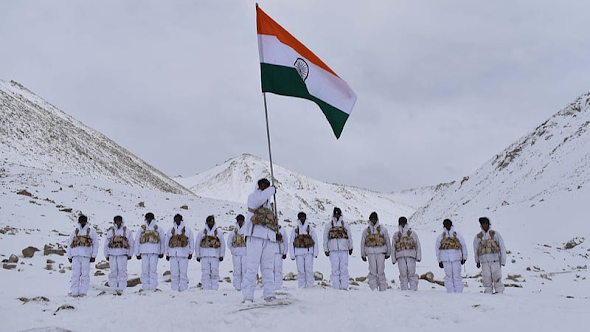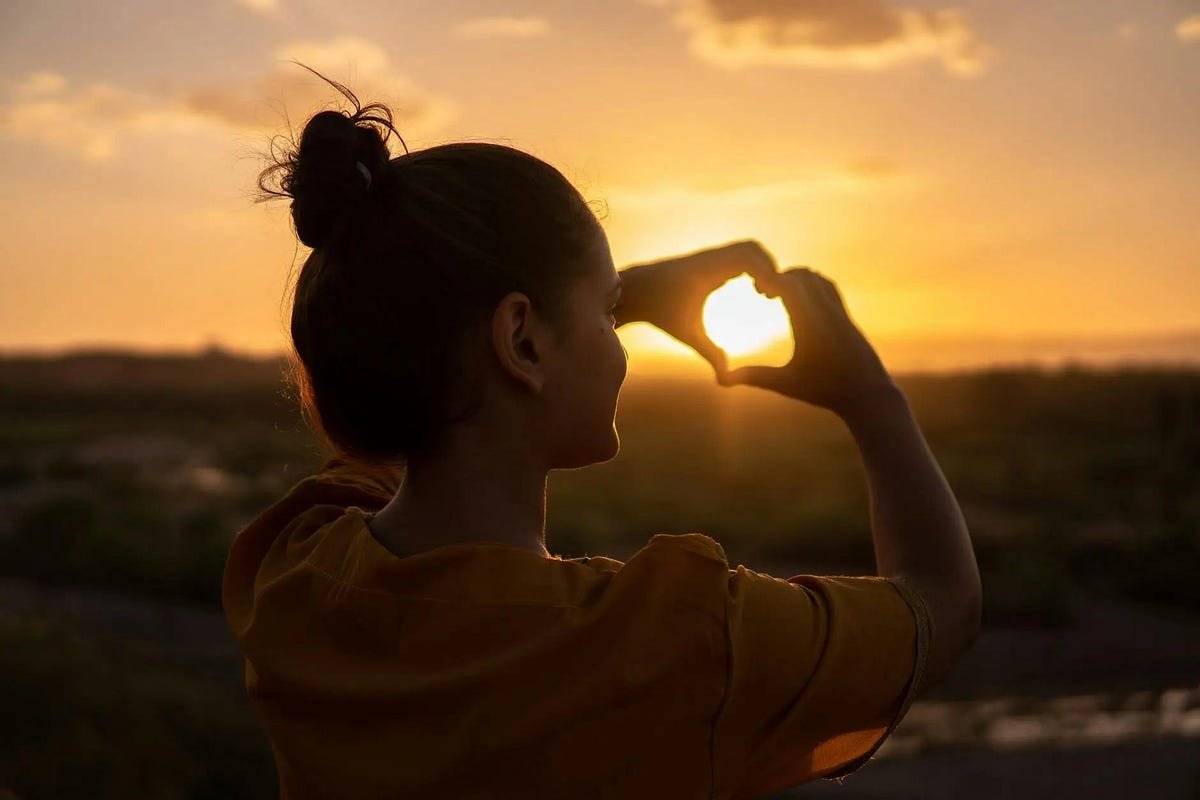Not North, Not South — Just India | by Gautham V V | Jul, 2025

I’ve studied in nine schools and two universities, spread across almost every corner of this country. I’ve sat in classrooms where the morning prayer was in Malayalam, walked corridors where the notice boards were in Assamese, learned playground slang in Hindi, Punjabi, Kannada, Bengali, Marathi and many many more — and felt at home every time.
I’ve also seen how quickly that acceptance can fray. In Mumbai, lawyers have urged action after non-Marathi-speaking shopkeepers and managers were assaulted for not speaking Marathi. In Karnataka, a viral video showed a Bengaluru auto driver berating North Indian passengers, calling them “beggars” and insisting they “must speak Kannada.” Maharashtra saw violence over a school policy making Hindi mandatory, auto drivers and shopkeepers were attacked, and Hindi speakers were slapped. In Assam, Bengali speakers were accused of being foreigners merely for declaring Bengali as their mother tongue in the census, stoking fear and distrust.
I have lived in almost all states of this country. I’ve seen places most people don’t even know exist. I’ve studied in schools that some people only dream of seeing. I’ve made more friends across these schools than most people will ever meet in a lifetime. I’ve been mentored by teachers from corners of India people can’t even point to on a map.
But one thing I’ve noticed everywhere, in spite of the negativity, the mocking, or the lack of so-called “diversity” is that when a real crisis comes, people come together. It doesn’t matter what their religion is, what caste or creed or gender they belong to, when it really matters, India forgets its labels.
Personally, I’ve felt this many times. I come from a typical South Indian family, but because my father is serving in the Indian Air Force, I’ve lived in the Northern part of India for almost my entire life. I’ve met people who don’t understand where I come from or what my mother tongue is. Some didn’t even know that a person from Kerala is a Malayali, not a “Malayalam.”
When I was young, kids laughed at my mother tongue out of ignorance, not hate. But never once did I feel out of place. People have asked me if I ever feel like I don’t belong anywhere — too South Indian for the North, too North Indian for the South. My answer is always the same: I’ve never felt out of place in this country.
I’ve seen India top to bottom. I’ve seen people in their anguish, their agony and their anger and heard the cacophony of their multifarious tongues, but I’ve never felt I didn’t belong. Because I believe this country is a huge experiment, it holds a beauty most people don’t see. A few people shouting or encouraging violence won’t make me believe otherwise.
I’ve been on the receiving end of regional discrimination many times, but almost every time, it ends the same way. In India, people might be ignorant at first, but if you treat them with kindness, they’ll listen. They’ll understand you, your language, your roots and they’ll make you feel at home. I am from Kerala, but whenever I walk through Delhi’s streets or anywhere else I’ve lived, I feel at home. Because my home is this whole country, not just one corner of it.
THE INDIAN ARMED FORCES
If there’s one institution in India that has shown me what unity looks like, it’s the Indian Armed Forces. They stay apolitical, they stay honest, and they deliver every single time, whether it’s fighting an enemy across the border, saving lives during floods, or standing guard in places we don’t even see on the map.
Out there, in combat, it’s brutal. When soldiers attack a post held by ten men, they go in with forty. In the mountains, it’s worse — ten defenders on a height means a hundred attackers (a 10:1 ratio in the mountains, compared to 4:1 elsewhere) slogging up ice and rock. Barely 15–20 out of the hundred make it back. They write their last letters to parents, sometimes to unborn children. They pick up their battle packs, roar their unit’s war cry, and move — not because someone ordered them to die, but because they know the man on their left, the man on their right, and their country needs them.
Ask students from any top university in our country why soldiers do it — you’ll hear “patriotism,” “the flag,” “the uniform.” But ask those same students where Siachen is, and they’ll struggle — though I know all of you reading this “definitely know exactly where it is,” right? These are the same students who can pinpoint San Francisco, Dubai, or San Jose on a map in seconds, but they can’t find Siachen, where right now a captain is fighting three fronts: a determined enemy, deadly weather, and politics back home. The last thing he needs is a fourth front — us, tearing ourselves apart.
My father once told me about the enamel mug — how in uniform you get just one mug. Coffee mug, shaving mug, bathing mug, all in one. Didn’t matter if you scratched your name on it, it got swapped anyway. You might be sipping coffee from someone else’s “everything” mug. It’s weird, but it teaches you an important lesson: tomorrow, someone else’s blood might be flowing through your veins. When a soldier is wounded, he doesn’t check if that blood is Hindu, Muslim, Sikh, or Christian. It just keeps him alive.
Look at the 1st Sikh Battalion, one of our oldest, most decorated. In October-1947, they were airlifted to stop the Pakistani lashkars raiding Kashmir. They halted them at Srinagar. Thanks to them, Kashmir is still on India’s map. That unit full of Sikh warriors was led by a Muslim commanding officer. He didn’t just lead them in battle or exercises. He led them in Gurbani every day in the Gurdwara.
In the 1965 operations, 3 JAT (3rd Battalion of the JAT regiment) were tasked with one of the toughest missions: the capture of Dograi. Their Anglo-Indian Commanding Officer, Lt. Colonel Desmond Hayde, gathered his Jat troops. The objective was clear — Dograi must be taken by nightfall, dead or alive.
He told them straight in crisp Haryanvi: “Sasure, aaj raat ko 3 JAT kaha hogi?”
The troops shouted back: “DOGRAI! DOGRAI! DOGRAI!…”
He wanted to make sure they understood the mission was bigger than the leader.
Then he asked, “O sasure, agar CO saab ne goli laagi toh kya karoge?”
Without batting an eyelid, the senior JCO shouted back: “Sir ji, agar CO ne goli laagi toh kandhe pe taan ke le jaayenge, lekin rukenge Dograi jaa ke hi!”
That night, they did just that. They took Dograi not once, but twice, street to street, room to room, hand to hand. They won three Maha Vir Chakras, four Vir Chakras, and seven Sena Medals in that single operation. They didn’t fight for the name on their chest, they fought for the name on their shoulder, their paltan.
A cable car broke at Timber Trail, Parwanoo. Ten people were trapped inside, dangling over a deep gorge, staring at certain death. Inside, a Hindu woman prayed to her gods to be saved.
Then came the thud of a helicopter flown by Group Captain Fali Major, a Parsi pilot (who later became the Chief of the Air Staff). Hovering rock-steady above the swaying car, they lowered Major Ivan Crasto, a legendary “Christian” Para Commando, onto the slippery roof. He tied himself to the cable boom, slipped inside the cramped, stinking cabin, and calmed the terrified passengers.
One by one, strapped to the winch seat by Crasto, the passengers were hauled up to safety, as the pilots fought to hold the chopper steady in the wind. By evening, only five had been pulled out. Darkness came. The mission had to pause. Major Crasto volunteered to stay inside that swaying box for the night through freezing winds, the stink of urine and fear, just to keep their hope alive. The passengers used seat covers and spare blankets to cover themselves. Major Crasto had nothing, just his uniform and the freezing steel floor beneath him.
The next morning, the helicopter came back. By 10 a.m., all ten passengers were safe. None of them cared what Group Captain Fali’s or Major Crasto’s surname or faith was, they only knew they saved them.
When soldiers fight, they don’t care about your ID card. When they come home, they find leaders telling them that their neighbour is their enemy, that caste or language comes before the country.
Soldiers fight on a moral high ground, they don’t fight because they hate what’s in front of them — they fight because they love what’s behind them. That’s us. Don’t make them fight us too.
The Armed Forces show us what India really is, it’s not just “unity in diversity” on a poster, but unity in blood, sweat, and sacrifice. Let’s not break that apart on our streets or our screens. I’ve seen this country like few ever have, I know we can do better.
Jai Hind.
